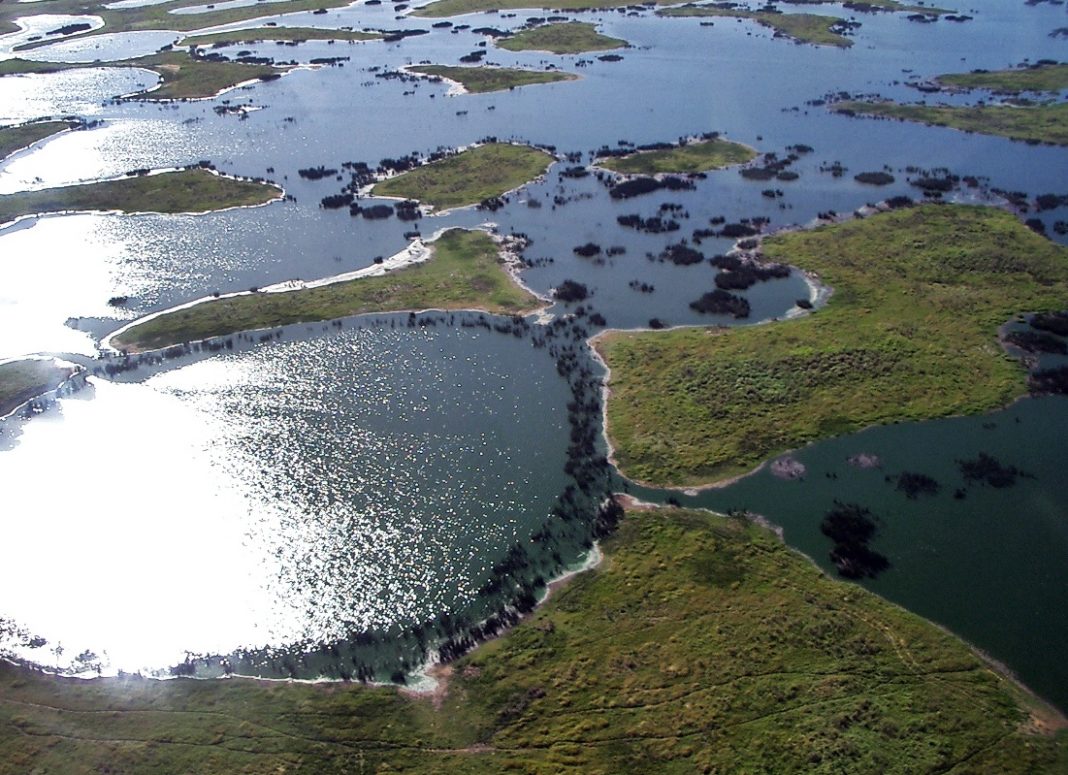The Pantanal is a natural region encompassing the world’s largest tropical wetland area, and the world’s largest flooded grasslands. It is located mostly within the Brazilian state of Mato Grosso do Sul, but it extends into Mato Grosso and portions of Bolivia and Paraguay. It sprawls over an area estimated at between 140,000 and 195,000 km2. The formation of the wetland is a result of the large, concave pre-Andean depression of the earth’s crust, related to the Andean orogeny of the Tertiary.
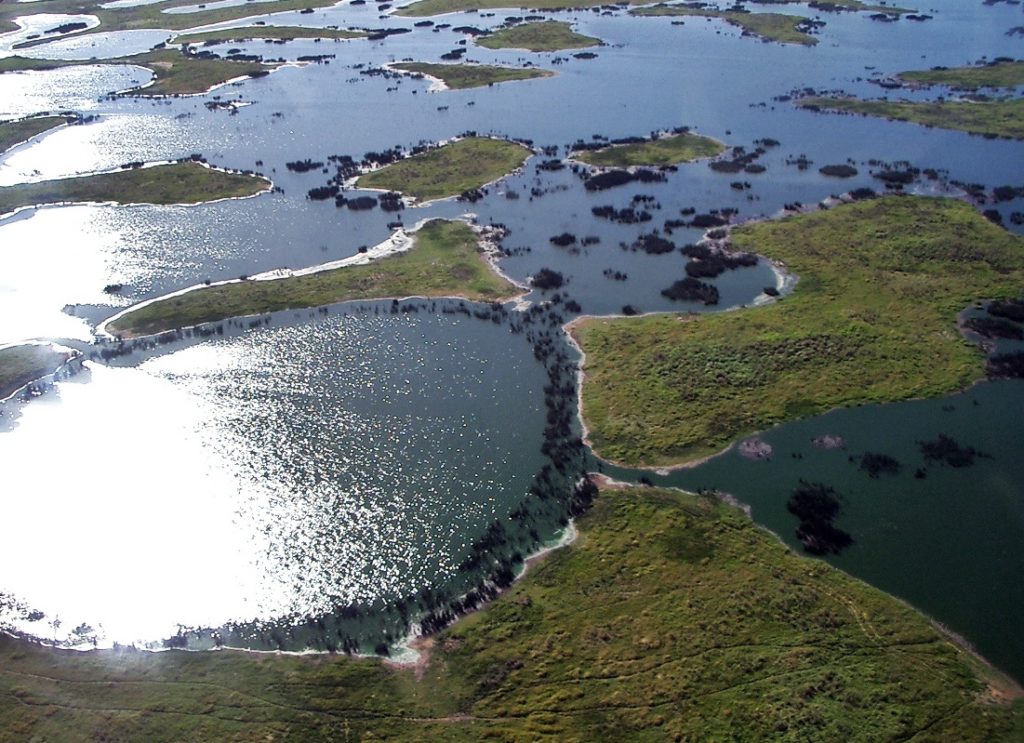
Roughly 80% of the Pantanal floodplains are submerged during the rainy seasons, nurturing a biologically diverse collection of aquatic plants and helping to support a dense array of animal species.
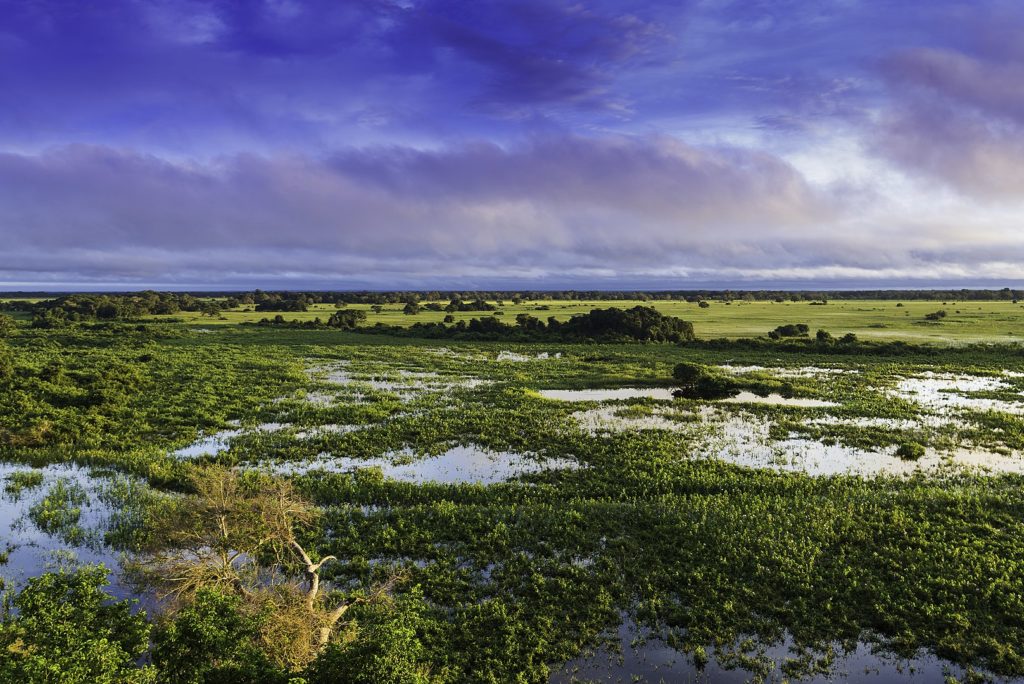
This massive wetland has the largest concentration of crocodiles in the world, with approximately 10 million caimans. Jaguars, the largest feline in the Americas, hunt caiman in the Pantanal, which has one of the highest densities of jaguars anywhere in the world. The Pantanal is also home to the biggest parrot on the planet, the hyacinth macaw. Sighting these animals and others helps attract the 1 million tourists who visit the Pantanal every year.
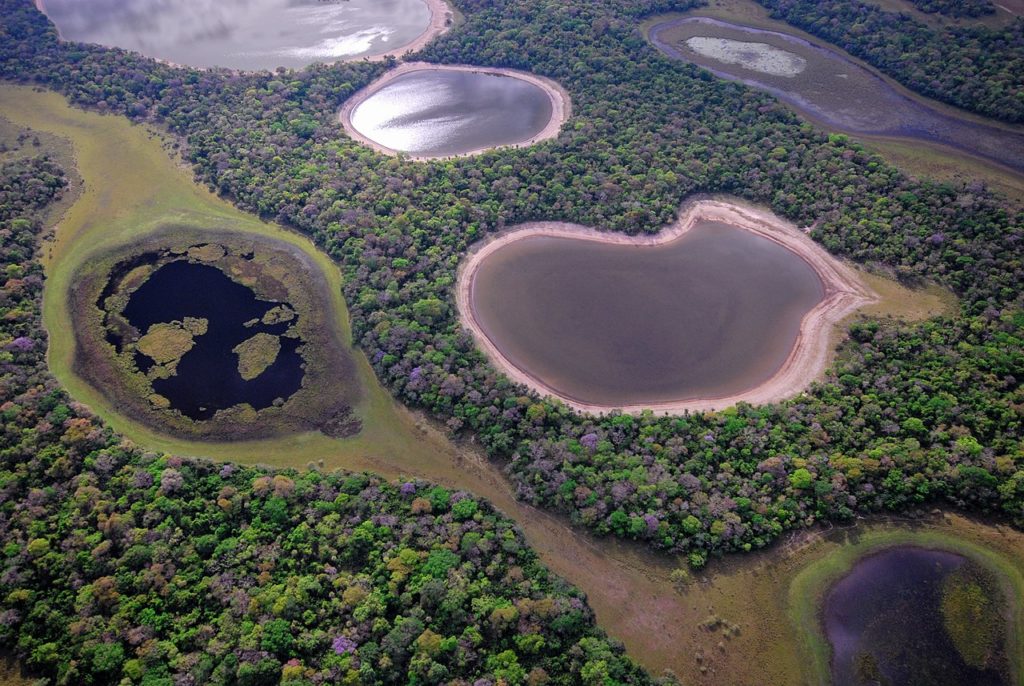
The areas that are protected are globally significant, with parts that fall under an agreement called Ramsar that requires national governments to conserve and wisely use wetlands, and some that are UNESCO World Heritage Sites and Biosphere Reserves. Around 95% of the Pantanal is under private ownership, the majority of which is used for cattle grazing.
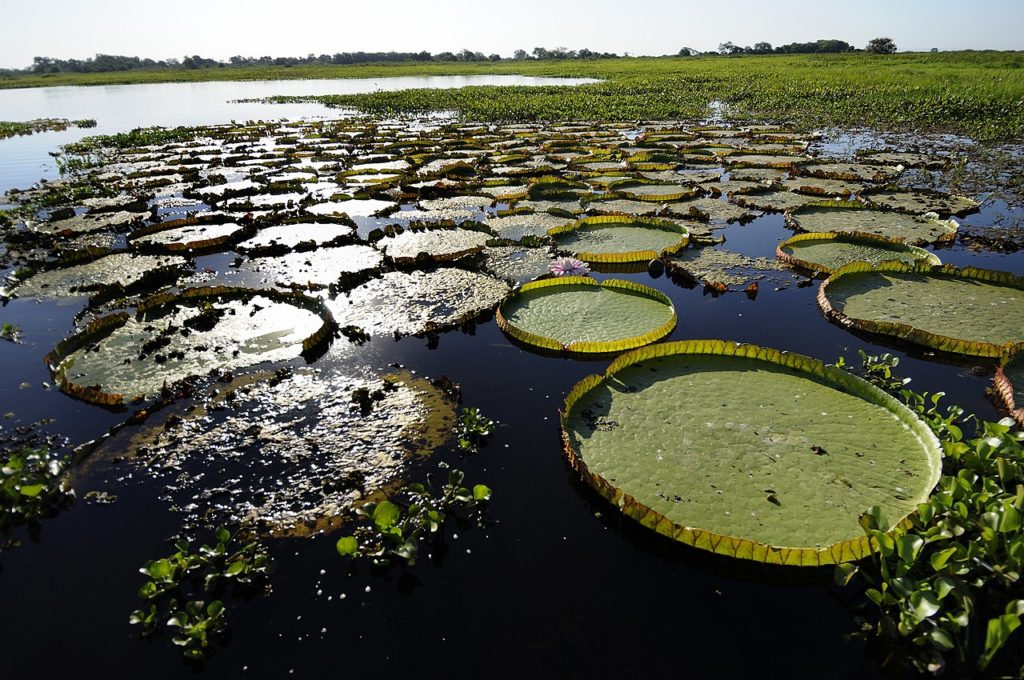
The Pantanal also contains a hub of economic activity, ranging from cattle ranching to soy production to tourism. This wetland also provides an array of irreplaceable benefits that help the region’s economic development and environment, including river flow for boats to navigate, groundwater recharge, and regulation of floodwaters for millions of people.
According to the Internet





